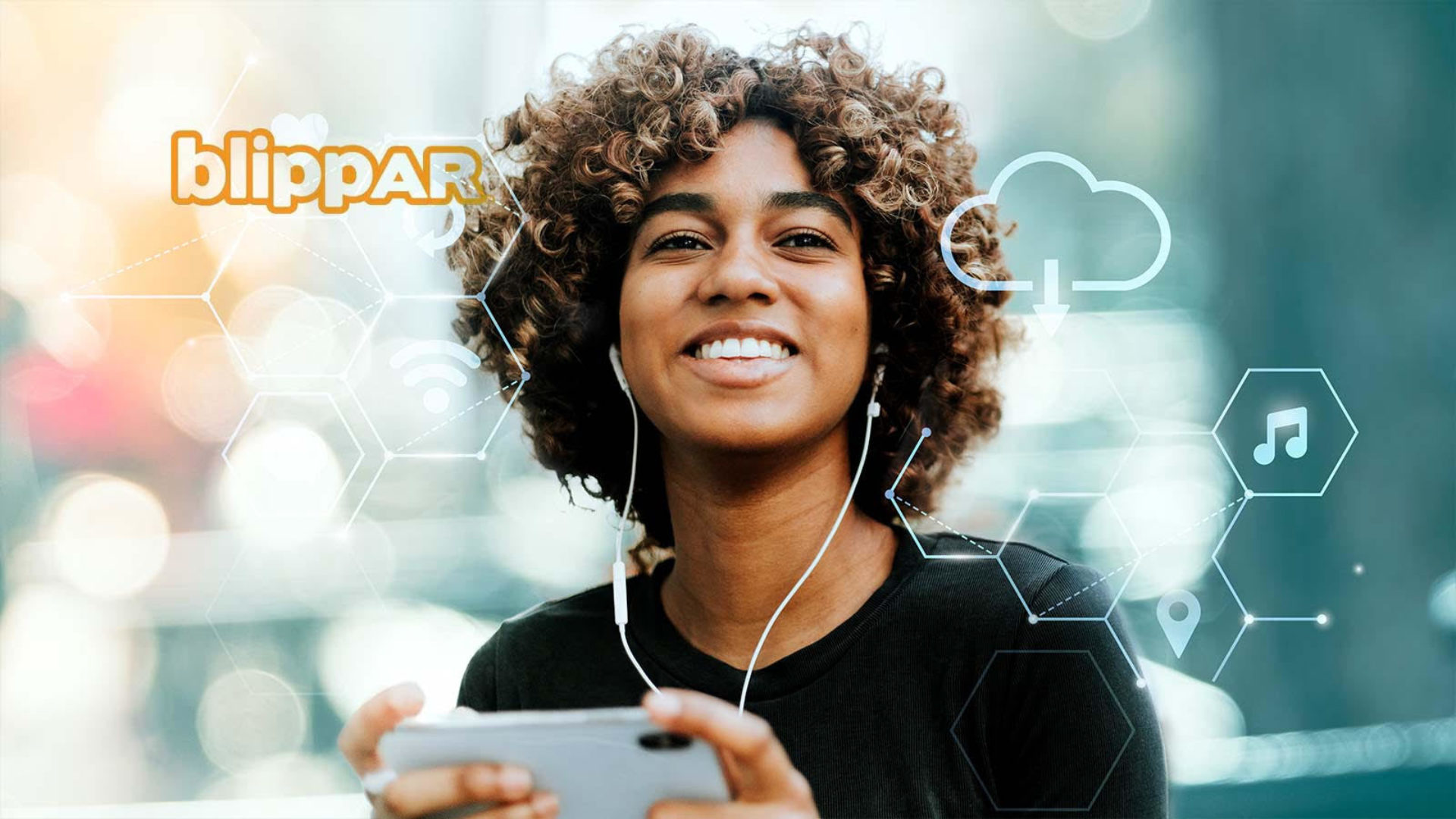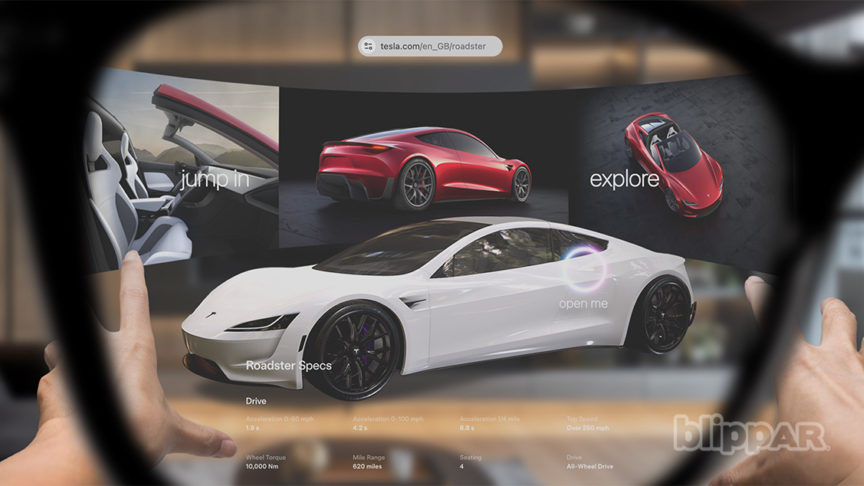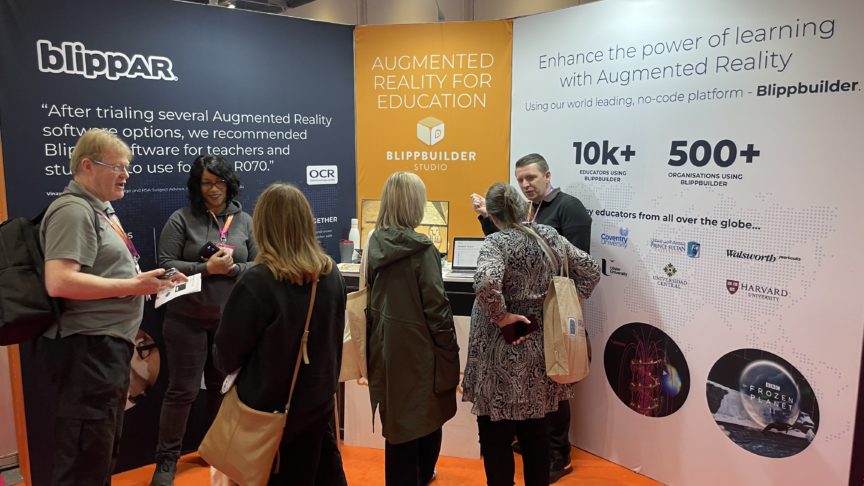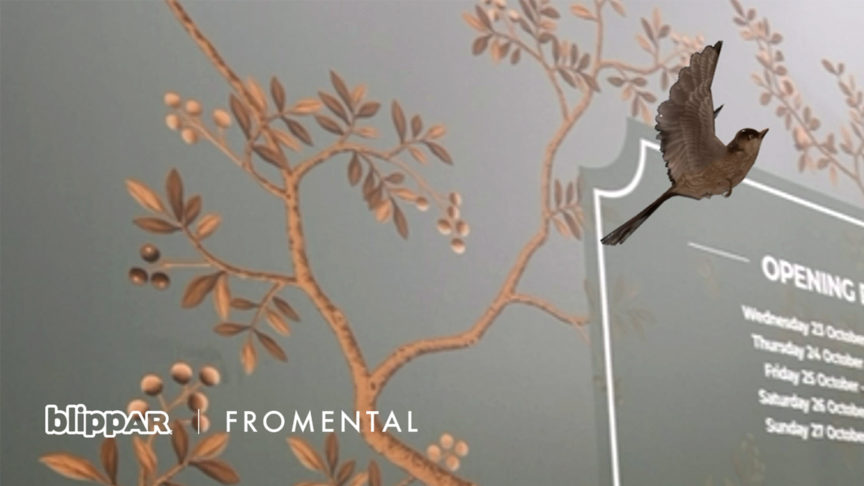Our goal when developing our latest AR creation toolkit – WebAR SDK – was to create a powerful platform that would enable creatives and developers to build immersive WebAR experiences from the ground up – and publish it everywhere. Our no-code platform, Blippbuilder, makes AR content creation so easy that anyone can do it, and WebAR SDK is our powerful pro toolkit that allows creators and developers to incorporate HTML and javascript to build extraordinary AR and 3D experiences that work across websites, social media and advertising.
Part of the reason the Extended Reality (XR) market has been predicted to hit 30.7 Billion USD this year alone is down to the huge number of use cases AR and VR technologies can be applied to, across a variety of industries – from training surgeons to training truck mechanics, letting consumers ‘try on’ a new pair of heels or ‘try out’ their dream new car.
To ensure creatives and developers can easily and cost effectively make their content accessible across any publisher, we’ve worked hard to make WebAR publisher agnostic; from Snap to Facebook and WeChat, or from a QR code triggered from a TV advert, out-of-home billboard or newspaper, or even from an advert or URL in an email. This means that rather than building the same content repeatedly for different platforms and audiences, developers can “Build Once and Publish Everywhere.” The WebAR SDK toolkit isn’t tied to ‘walled gardens’, and that means lower costs and maximum reach for brands wanting to engage users with AR experiences wherever they are.
While there are no limits to the creative campaigns and immersive experiences users will be able to develop with WebAR SDK – and we’re very much looking forward to seeing what they create – we thought we’d share a few examples of use cases and experiences that developers from different industries will be able to build with the new toolkit.
Bringing packaging to life
Packaging can be one of the first ways that consumers experience or interact with a product or brand – similar to the culinary concept of ‘the first bite is with the eyes’. Presentation matters when you are trying to stand out on crowded shelves, and AR can help brands to engage users almost immediately, creating experiences that bring products to life, delight and entertain consumers, and boost positive brand perception.
We’ve seen great examples of this from brands like Kellogg’s, who – through scanning a QR on a cereal box – used AR to launch an immersive virtual world and series of gamified, educational experiences. Nestlé used a similar approach to build an experience where users in Japan could ‘grow’ a cherry blossom forest from a limited edition bar of KitKat chocolate, right in front of their eyes using WebAR.
With packaging able to include all the necessary elements to launch a WebAR experience, like scannable QR codes, and WebAR SDK featuring our most advanced implementation of simultaneous location and mapping (SLAM) technology to date, developers and creatives will be able to build richer, more engaging experiences that seamlessly merge physical and digital realities and are firmly anchored to the user’s surroundings - no matter where they engage with them.
Glow up your AR experiences
One of the sectors that really realised the potential of AR as a result of the Coronavirus pandemic was retail. With shoppers unable to visit stores or salons, many brands turned to AR to replicate that experience via immersive AR, allowing users to ‘try before they buy’ with products, and even teaching them how to update their beauty and self care regimes with instructional experiences.
Hair care brand Pantene launched a great example of the latter experience that would take users through a series of hair care tutorials based on different celebrity looks, simply by using their phone camera and the packaging of the dry shampoo bottle to launch the WebAR experience. Skincare brand SK-II took a similar approach by using the front facing device camera to teach users how to best apply their products through overlaid AR motion gestures - enabling them to indulge in some self care at home during the pandemic.
Gloss lipstick’s more simple – but undeniably effective – experience allows users to ‘try before they buy’ across their range of lipstick shades, integrated as a step in the customer buying journey (and even applying a discount to some products), showing how AR experiences can be leveraged to drive sales and purchase decision making.
Retailers have also been leveraging the power of AR to bring products and shoppers closer together. Swedish furniture giant IKEA has launched a dedicated app to allow users to visualise furniture to scale within their homes (though it is limited by being iOS only), and we’re also seeing approaches like AR store vouchers driving AR interaction throughout the retail experience – from consideration through to purchase (nothing gets consumers’ interest quite like the opportunity to save money!)
SmARtening up - AR for education
WebAR experiences can be used as powerful learning tools in many contexts, for example by helping teach engineers how to maintain, fix, or update computer hardware, or bringing learning resources to life for students. Examples of AR’s immersive educational experiences include scanning an image of the solar system, and having it open up as a 3D rendered model inside a WebAR experience, complete with annotations and information on each planet. These experiences excite and enthuse learners, and can also increase collaborative learning by having students access the experience collectively. It is also a great help for visual learners, who may be able to understand topics more easily with a 3D AR experience rather than from words on a page.
And it’s not just in the classroom where AR can drive learning. Location-based AR experiences and AR overlays that sync to city maps could be used to take users on dedicated tours of historic areas, marking out points of interest and providing additional information in-experience. Class field trips to museums or galleries could be much more engaging and effective with an AR experience reinforcing learning objectives.
The examples above show what has been done before with the power of AR creation - either via dedicated apps, toolkits, WebAR, bespoke creation studios (like our Studio B) or a combination of these methods. Our WebAR SDK toowlkit brings together the benefits of all of these approaches - the accessibility of WebAR, bespoke content creation, and the high level of tech integration of an app - in one powerful package, and will empower creatives and designers to build the next generation of AR experiences, whatever their industry. Interoperable and free to use during the beta phase, we’ve removed the barriers to creativity, and made something that is no risk, all reward.
If you need help at any point along your creative journey, we’ve put together this handy guide. Please share your finished experiences with us – we’re @blippar on Twitter – we can’t wait to see what you create.



